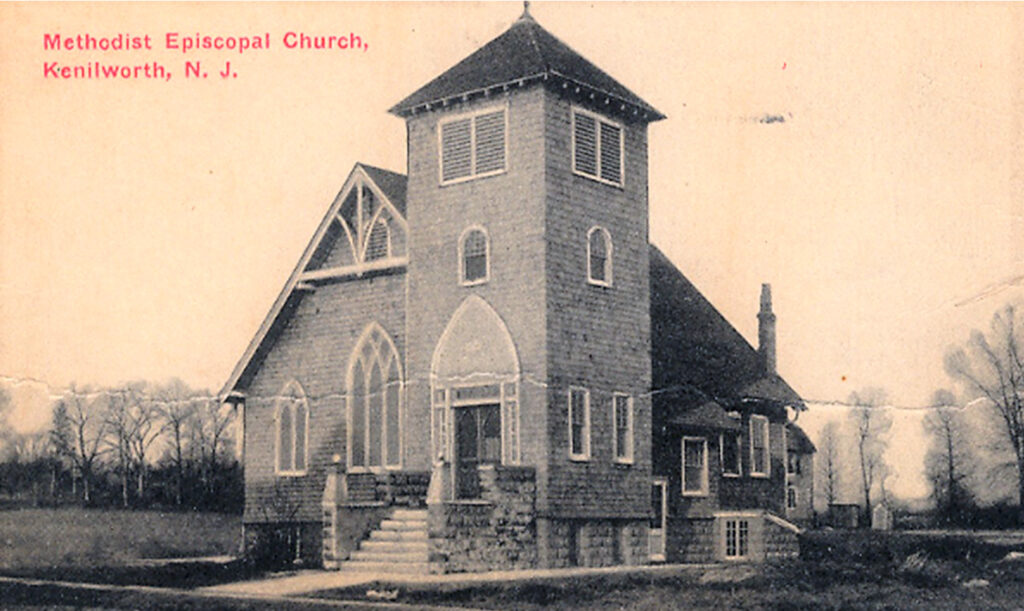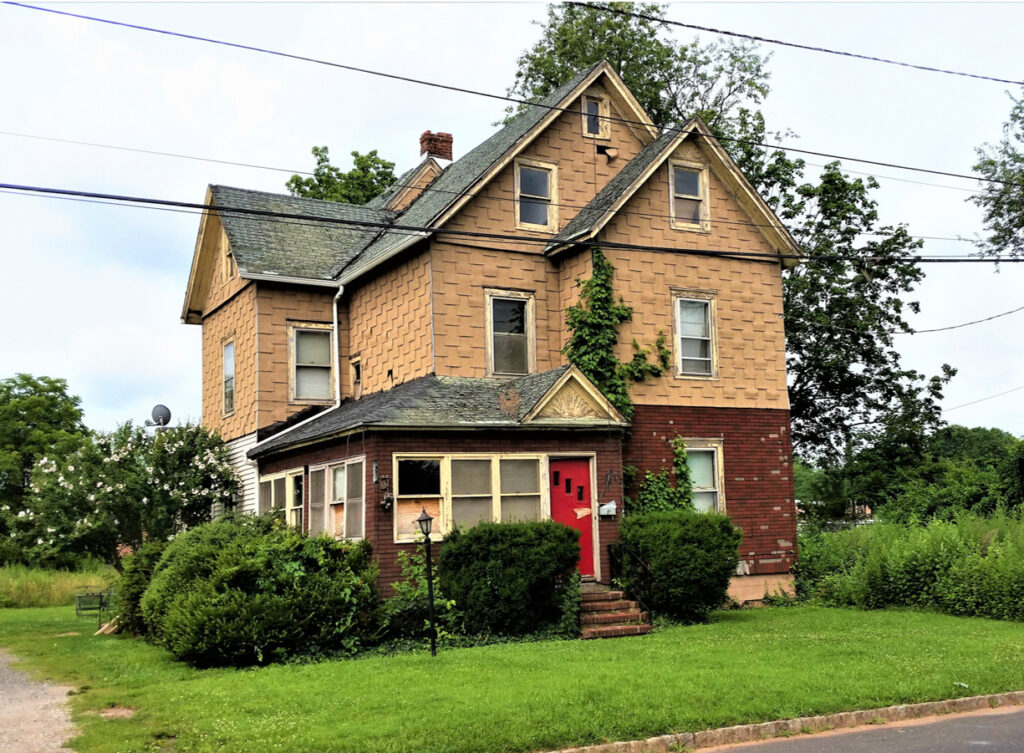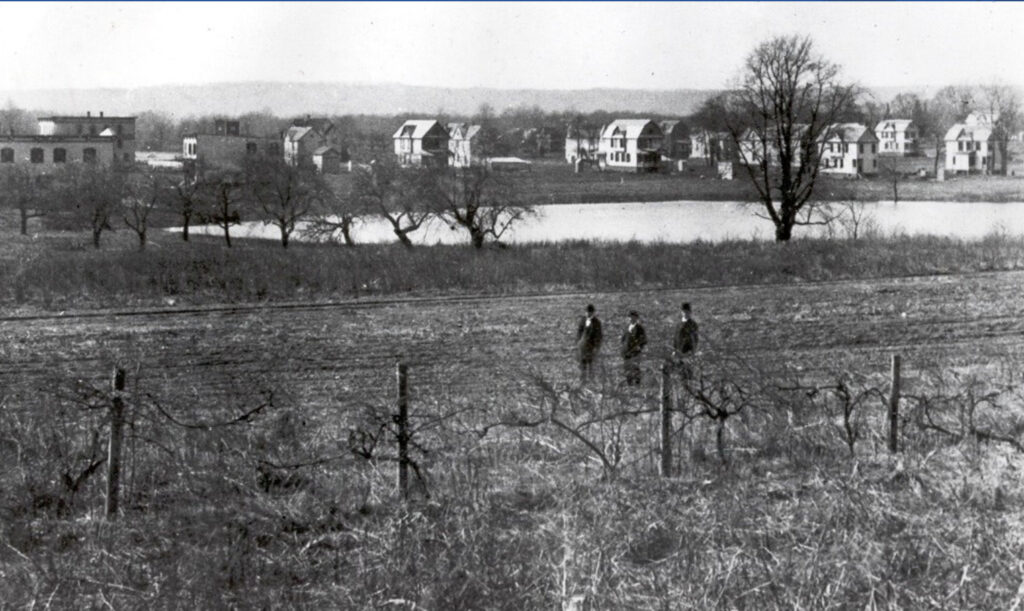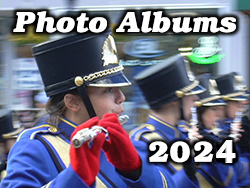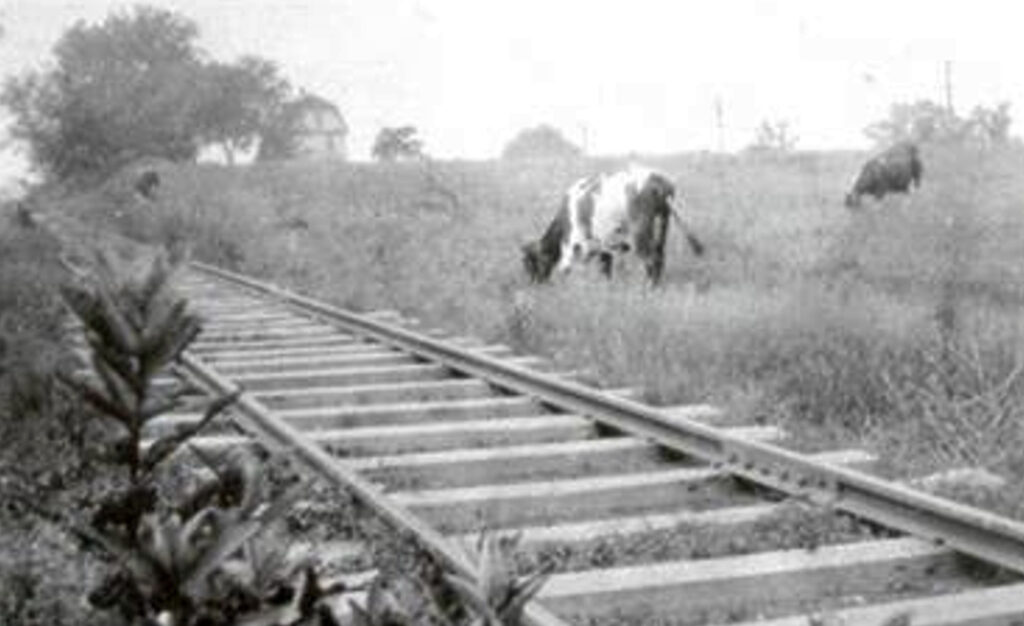
Source: Historic Signs, Inc.
Kenilworth 100 years ago – Part 2
The borough had four ponds. Station Pond was off the Boulevard behind what is now Access Self Storage. Hiller’s Pond was just west of St. Theresa’s School. Jackson Pond, about 10 acres, was the largest and covered much of the Brearley High School campus except for the building itself. The only pond remaining is Shallcross Pond in Black Brook Park. All were known for winter skating and some were known for abundant water lilies.
There were four farms. The Charles Frost farmhouse on Cross St. still stands. Silas Fink and Michael Burke farmed along Galloping Hill Rd., on lands now part of Graceland Cemetery and the Merck complex. The Dimmicke farm stood along the west side of Faitoute Ave.
It was common for locals to farm vacant land. Among the most prolific was the Vitale family of Downtown. They toiled on acres of land in today’s Boright Ave. area hauling water from a creek for their crops. Many residents had mini-farms with homes built on 25 ft. X 100 ft. lots with an adjacent, vacant lot of the same size. On the empty lot they grew vegetables, had a fruit tree or two; chickens, and possibly a horse, goat, or cow which they kept in a small shed. Chickens were plentiful and dogs often ran about unleashed and unlicensed with residents clamoring for local officials to do something about it – especially when dogs terrorized their chickens. David “Old Man” Stein of 481 Washington Ave. was a dairyman. He had numbers of cows he let roam about town freely grazing on open land. He sold milk and gave his precious butter to “special” folks.
There were only two houses of worship in 1920. The old Methodist Episcopal Church on the corner of Monroe Ave. and N. 20th St. and the original First Baptist Church on N. 8th St. near Washington Ave., primarily an African-American congregation. Catholic families often traveled by foot to St. Michael’s Church in Cranford or walked or rode the trolley to the old Church of the Assumption in Roselle Park. Members of the Jewish faith typically worshipped at the old Temple Beth El in Cranford.
The Great Migration of African-Americans heading north from the South after WWI seeking jobs is reflected in Kenilworth’s growth. The 1915 census indicated 45 African-Americans living here. By 1920 they rose to 144. One was Howard Anthony. He became a prominent businessman and the first African-American to serve on a New Jersey school board.
